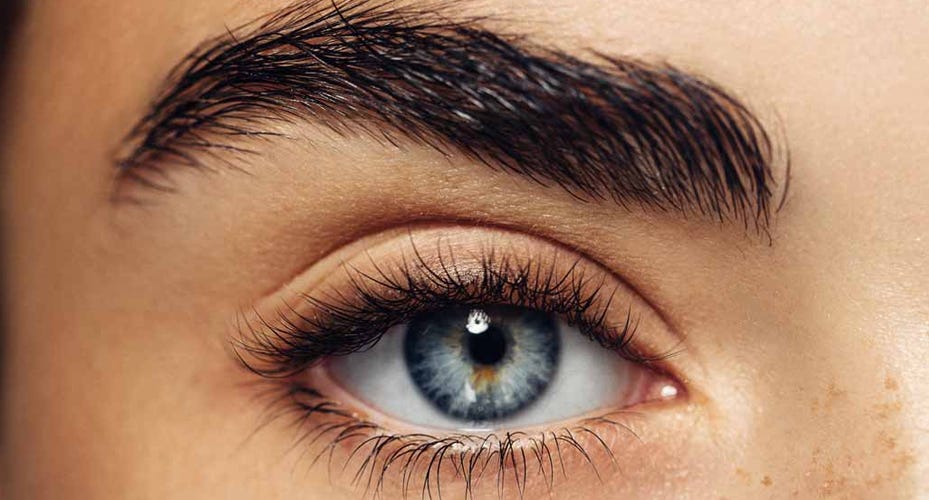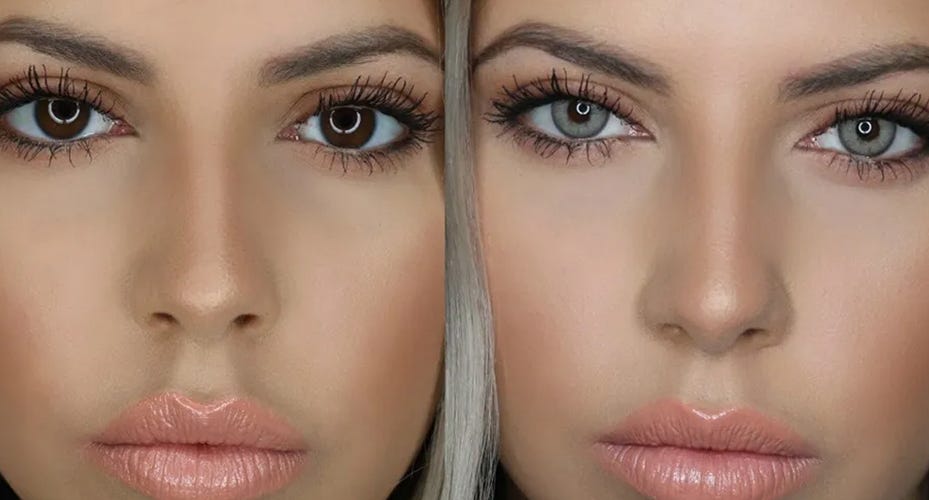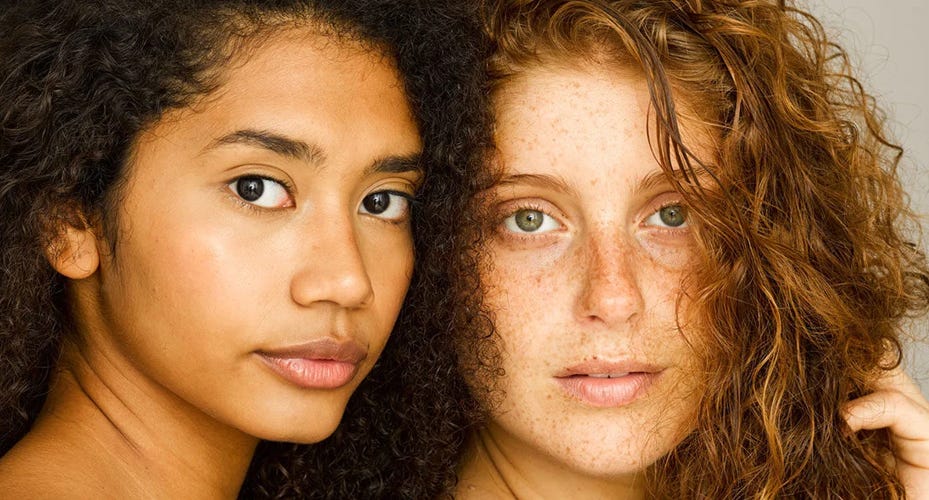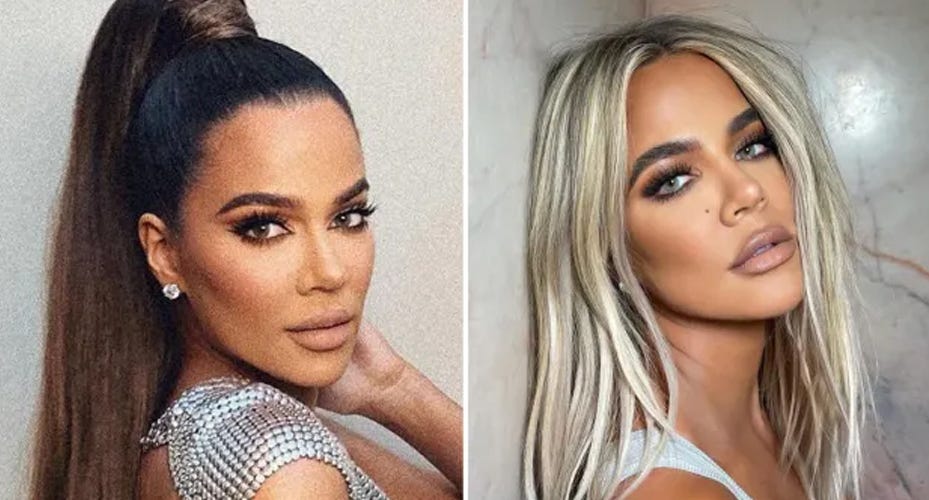Terms and ConditionsPrivacy Policy Consumer Rights
©Copyright 2024 by lens.me. All Rights Reserved.2023 Mid-Year Beauty Trend: Eye Color Change Through Colored Contacts
In the dynamic world of beauty trends, the mid-year of 2023 has unveiled a captivating shift towards personalization and transformation. A major standout in this evolution is the trend of eye color change, driven by the proliferation of natural colored contacts. Unlike the flamboyant designs of yesteryears, these modern, subtly-tinted lenses are designed to amplify the natural beauty of the eyes, allowing individuals to enhance or completely transform their eye color while maintaining a realistic appearance.

This trend of eye color change, fueled by the use of color changing contacts, has rapidly emerged as an exciting addition to the beauty arsenal. It's not just about enhancing your makeup look anymore; it's about having the ability to modify one of our most distinguishing features. Social media platforms, especially TikTok, have played a significant role in propelling this trend into the mainstream. Beauty influencers sporting an array of color contact lenses - from subtle enhancements to dramatic shifts - are creating waves across the digital landscape, captivating millions of followers and setting a new norm in the beauty realm.
The prevalence of this trend in the beauty industry reflects a broader shift towards aesthetic individuality and self-expression. Natural colored contacts are being embraced by a growing number of individuals seeking to redefine their look, make a statement, or simply experiment with their appearance. As beauty trends continue to evolve and become more personalized, the demand for color contact lenses is expected to soar, further embedding this eye color change movement into the heart of the beauty industry.
Eye Color Change As A Beauty Trend
Understanding Your Natural Eye Color
From the sky's azure blue to the deepest shades of earthy browns, the spectrum of human eye colors has long been a subject of admiration, curiosity, and research. The biology behind eye color is a fascinating interplay of genetics and molecular biology. To understand it, we delve into the microscopic world of our DNA, specifically into a pair of genes known as OCA2 and HERC2. These genes, located on the 15th chromosome, play pivotal roles in determining our eye color by influencing the production of a pigment known as melanin.
In the simplest terms, melanin's presence and distribution within the structures of our eyes - mainly the iris - dictate the color we perceive. The iris, that beautifully patterned part of our eye, consists of two layers, the anterior and the posterior, both containing cells capable of producing melanin. The more melanin present, the darker the eye color. Thus, individuals with a lot of melanin have brown eyes, while those with less have lighter shades such as blue or green. Gray eyes result from an intermediate amount of melanin, while hazel eyes contain varying amounts of melanin across different parts of the iris.

Yet, the process isn't as clear-cut as it seems. The 'tyndall effect,' a phenomenon of light scattering, contributes to the perception of blue and green eyes. Lower melanin levels in the iris allow the shorter wavelengths of light (blue and green) to be scattered and reflected back, giving the impression of lighter eyes. This unique interplay of genetics, pigmentation, and light physics crafts an incredible range of hues, with each person boasting a uniquely patterned, colored iris.
While the biological processes are intriguing, the real magic comes when we embrace the ability to alter this naturally occurring color - a possibility made real by the trend of eye color change. There's a certain allure in transformation, in the potential to explore different facets of one's identity or aesthetic. The chance to alter one's eye color has an undeniable appeal. It offers the potential to experience the world, and indeed, ourselves, through a different lens, adding a new level of depth to our understanding and expression of individual beauty. As we continue to redefine beauty norms, it seems changing eye color will remain an enticing part of that journey.
How Do Color Contact Lenses Work?
Colored contacts, just as their name suggests, are contact lenses that have been specially designed to alter or enhance the color of your eyes. These lenses, much like regular contact lenses, are thin discs made of a special type of plastic polymer. The key difference lies in the layer of color that is applied to the portion of the lens that covers the iris, the part of your eye that has color. Once in place, colored contacts work by covering your natural eye color with the color of the lens. This transformative effect can be either subtle or dramatic, depending on the type of lens chosen.
The different types of colored contact lenses cater to various aesthetic preferences and needs. First, we have opaque lenses. These are designed to provide a complete color change and are ideal for those looking to transform their eye color completely. These lenses can turn even the darkest eyes into lighter shades like blue or green. Second, there are enhancement tint lenses. These are semi-transparent lenses that aim to intensify your natural eye color rather than completely change it. Lastly, visibility tints are lightly colored lenses intended to make the contact lens more visible during handling and insertion but do not alter the color of your eyes.

Regarding the safety and effectiveness of colored contacts, it's essential to understand that they are considered medical devices and must be used responsibly. When used correctly, colored contact lenses are safe. They require similar hygiene practices to regular contact lenses, including regular cleaning and correct storage. As with any contact lens, it is critical to avoid sleeping in them, sharing them with others, or wearing them for longer than recommended.
However, there are a few cons to consider. For some, colored contacts may feel slightly more uncomfortable than regular contacts, mainly due to the additional layer of color on the lens. There is also a small risk of infection if the lenses are not cleaned properly. Also, the color change might not always look natural, especially with cheaper brands. Therefore, it's always recommended to buy colored contacts from a reputable store selling FDA color lens brands, and if any discomfort or vision changes occur, it's important to consult an eye health professional immediately. Despite these potential drawbacks, with proper care and use, colored contact lenses remain a safe and effective method for those desiring an eye color change.
How to Choose and Use Colored Contacts?
Choosing the right colored contacts is a journey of personal exploration. It involves understanding your unique characteristics and how different lens colors can enhance or transform your look. Here are ten tips to help you choose the perfect colored contacts:

1. Identify Your Purpose: Before you start, determine why you want colored contacts. Is it to enhance your natural eye color, completely change it, or for a special occasion?
2. Understand Your Skin Tone: People with warm skin tones (golden, peachy, or yellow undertones) may find that brown, hazel, or honey-colored lenses look more natural. Those with cool skin tones (blue or pink undertones) may prefer blue, green, or gray contact lenses.
3. Consider Your Hair Color: Hair color plays a crucial role too. For instance, people with dark hair may find that bright blue or green lenses provide a striking contrast, while those with light hair might prefer subtle enhancements like gray or light brown lenses.
4. Think About Your Lifestyle: If you're always on the go, you may prefer daily disposable lenses. However, if you want to wear colored contacts every day, monthly lenses could be more cost-effective.
5. Check Your Contact Lens Prescription: It's essential to have an up-to-date prescription and to consult with an eye health professional before trying colored contacts, even if you don't usually wear glasses or regular contacts.
5. Check Your Contact Lens Prescription: It's essential to have an up-to-date prescription and to consult with an eye health professional before trying colored contacts, even if you don't usually wear glasses or regular contacts.
6. Research And Watch Reviews: There are plenty of try-on reviews on YouTube where wearers share their feedback on particular brands and colors. Watching these can help you understand whether a product might be right for you. However, keep in mind that one person's experience may vary from another's. There are also comprehensive articles such as must-try colored contacts for brown eyes which can play a significant role to make a decision.
7. Quality Over Quantity: Always prioritize lens quality and brand reputation over price. Cheaper lenses may not look as natural or be as comfortable to wear.
8. Consider Multiple Options: It's okay to have different colored lenses for different occasions. You might want a subtle enhancement for daily wear and a more dramatic color change for special events.
9. Think About Makeup: Some lens colors might clash with your favorite makeup looks. Consider how the colored contacts will blend with your overall style.
10. Stay Open-Minded: Don’t be afraid to experiment with different colors and styles. What looks best on you might surprise you!
Once you've selected your ideal colored contacts, it's vital to use and care for them correctly. First, always wash and dry your hands before handling your lenses to reduce the risk of infection. Apply your lenses before putting on makeup to prevent makeup particles from getting on the lenses. Always use the contact lens solution recommended by your eye health professional and replace it in the case every day. Never reuse old solution.
Remove your lenses before taking off makeup and always before sleeping. It's essential to clean and store your lenses in a clean case after every use. If your lenses become uncomfortable or your vision changes, remove them immediately and consult your eye health professional.
Lastly, remember to replace your lenses as instructed. Even with perfect care, the lens material can degrade over time, which can potentially harm your eyes. By following these guidelines, you can enjoy the beauty of colored contacts while ensuring the health of your eyes.
Future of Eye Color Changing Trend
As we look into the future of the beauty industry, it's undeniable that the trend of eye color change using colored contacts is blazing a transformative trail. With the growing popularity of these safe color contact lenses, we're witnessing a shift in societal norms and beauty standards that's as deep and varied as the hues these lenses offer.
The impact of the eye color change trend is being felt across multiple spheres, from personal aesthetics to the larger cultural zeitgeist. The allure of altering one's eye color is expanding our understanding of beauty, proving it to be far from static. Instead, beauty is a dynamic, ever-evolving tableau, and with tools like beauty colored contacts, we're offered the freedom to redesign and redefine our appearances at will. The self-expression that colored contacts enable is truly empowering.
In the realm of the beauty industry, this trend has been a boon. It's opened up an entirely new product category filled with potential for innovation and expansion. Beyond mere accessories, color contacts are now seen as essential beauty items, much like a favorite lipstick or mascara. As such, they are influencing product development, marketing strategies, and even the nature of beauty consultations.

As for societal beauty standards, color contacts are playing their part in breaking down barriers. They allow for a playfulness and fluidity in our appearances that challenge traditional, rigid beauty norms. More than ever, people are being encouraged to experiment with their look and express their personality in diverse ways. In this shift, we're seeing an important message: beauty is not one-size-fits-all, but an individual and unique experience.
Looking ahead, it's thrilling to anticipate the innovations that could further revolutionize eye color change. Already, there are whispers of technologies capable of producing customized contact lenses tailored to each individual's specific vision needs and color preferences. As advancements in lens comfort, vision correction, and color variety continue, there's no doubt that the future of this trend is bright. The world of eye color is widening, and as it does, it's helping us see beauty in a whole new light.








